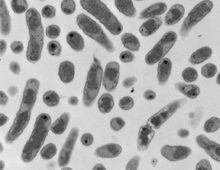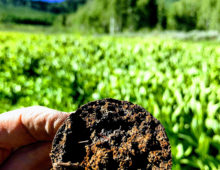Gene Atlas of a Nitrogen-Fixing Legume Symbiont
We will use a high-throughput approach to help fill-in gaps in knowledge of the functional properties of microbes and their genes, laying a solid foundation for researchers hoping to engineer bacteria with improved or novel traits. [Read More]

